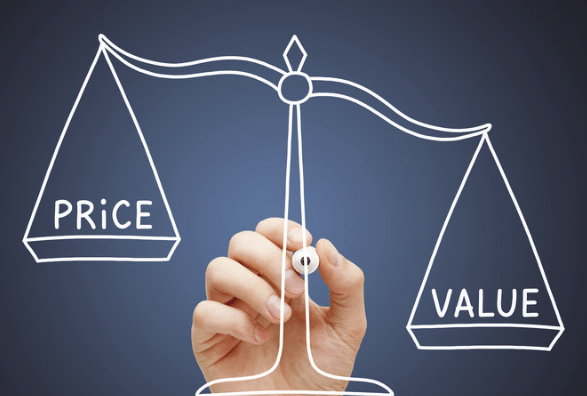Section 6-7: Sale Price
Section 6-7: Sale Price
Overview


The sales price refers to the amount of money charged by a seller for a product or service that is being offered for sale. It is the price at which a transaction is completed between the seller and the buyer. The sales price may be influenced by various factors, including production costs, market demand, competition, and pricing strategies. Here's an overview of the concept of sales price:
Determining Factors:
- Costs: The production or acquisition costs of the product or service play a significant role in determining the sales price. Sellers typically aim to set the sales price above the costs to generate a profit.
- Market Demand: The level of demand for the product or service in the market can influence the sales price. Higher demand may allow sellers to charge higher prices, while lower demand may require lower prices to stimulate sales.
- Competition: The pricing strategies of competitors can impact the sales price. Sellers may adjust their prices relative to competitors' prices to remain competitive in the market.
- Value Perception: The perceived value of the product or service by customers also affects the sales price. Sellers may charge higher prices for products perceived as higher quality or offering unique features or benefits.
- Pricing Strategies: Sellers may employ various pricing strategies, such as cost-based pricing, value-based pricing, competition-based pricing, or dynamic pricing, to determine the sales price.
Components of Sales Price:
- Base Price: The base price is the primary component of the sales price and represents the cost of the product or service itself.
- Taxes: Sales taxes or other applicable taxes may be added to the base price, depending on the jurisdiction and the type of product or service.
- Fees and Charges: Additional fees or charges, such as shipping fees, handling fees, or service charges, may be included in the sales price.
- Discounts: Discounts or promotions may reduce the sales price for certain customers or transactions, either temporarily or permanently.
Displaying the Sales Price:
- The sales price is typically displayed on product labels, price tags, or online product listings to inform customers of the cost of the product or service.
- In retail environments, the sales price may be prominently displayed alongside the product or on store signage to attract customers' attention.
Negotiation:
- In some cases, the sales price may be subject to negotiation between the seller and the buyer, particularly in business-to-business transactions or for high-value items.
- Negotiated prices may vary based on factors such as order volume, payment terms, delivery terms, or other contractual arrangements.
Overall, the sales price represents the monetary value assigned to a product or service by the seller and is a crucial determinant of the success of a transaction. Sellers must carefully consider various factors when setting prices to ensure competitiveness, profitability, and customer satisfaction.
Online Textbook Read Section 6-7: (Sale Price)
